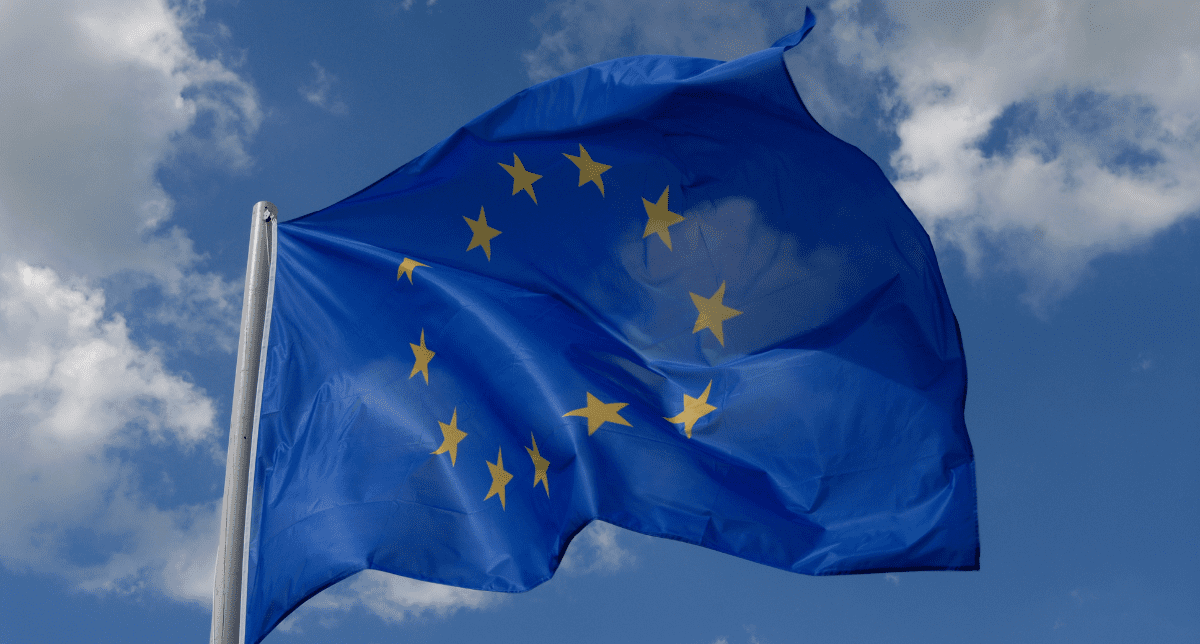
Insights on the Proposed EU Anti-Forced Labor Products Regulation

Authored by Alex Martin, RINA
This article first appeared in C2P on March 27th, 2023
This blog was originally posted on 6th April, 2023. Further regulatory developments may have occurred after publication. To keep up-to-date with the latest compliance news, sign up to our newsletter.
Scope Of The Proposed Regulation On Forced Labour:
Last September, the European Commission proposed introducing an EU Regulation to prohibit products made using forced labour, including child labour.
The scope of the proposed Regulation is wide-ranging. It applies to all products made available within the EU, meaning both products made in the EU for domestic consumption and for export, and imported goods. Products of any type are regulatory targets, including their components.
Legal Basis And Impact On Trade:
According to the European Commission, the proposed Regulation would complete the EU’s anti-forced labour legislative framework. In particular, it would provide the legal basis to prevent a product made using forced labour from circulating within the Single Market for Goods as well as being exported.
Indeed, Article 3 of the proposed Regulation stipulates that businesses must not place or make available on the EU market products that are made with forced labour, nor must they export such products.
Given this, future adoption of the proposed Regulation would inevitably have a direct impact on EU trade and export policy.
Scrutiny By Co-Legislators:
The proposed Regulation is currently being scrutinised by the EU’s two co-legislators, namely the Council of the EU and the European Parliament. This will run for some months to come.
In the Council, the Working Party on Competitiveness and Growth is performing a detailed review of the Commission’s proposal.
Meanwhile, in the European Parliament, the Committee on Internal Market and Consumer Protection (IMCO) has taken ownership of the file. The MEP Maria-Manuel Leitão-Marques (S&D, Portugal) has been appointed as rapporteur.
Support From European Parliament:
On Parliament’s side, it is likely that the proposed Regulation will be favoured. It is notable that the Parliament has previously called for products made with forced labour to be banned in several earlier resolutions. Among these were:
- The June 2022 resolution on a new trade instrument to ban products made by forced labour. Under this, the European Parliament called for cooperation with partners who support ending forced labour globally and banning goods made by forced labour.
- The March 2021 resolution regarding sustainable and responsible corporate behaviour. Under this, the European Parliament called for a ban on importing products related to severe human rights violations such as forced or child labour. It also stressed that the objective of combating these practices must be included in all EU free trade agreements.
Stakeholder’s Views:
As the co-legislators scrutinise the Commission proposal, so different stakeholders with an interest in it will seek to influence its passage into EU law. Broadly, these stakeholders fall into two camps: business and industry, and civil society. So, what has been voiced by these two camps in recent months?
Business Europe’s Position:
Business Europe (BE), an organisation representing European enterprises, generally welcomes the Commission proposal. However, BE would like to clarify certain elements of the proposal and has raised assorted concerns. In particular, BE sees some overlapping elements between the proposed Regulation and the proposed EU Corporate Sustainability Due Diligence Directive. It would like to know how these proposed new EU laws would work together in practice. BE is keen that any potential for duplication in regulation is avoided, likewise that any unnecessary administrative burdens for business are quashed.
BE has raised concerns regarding a possible fragmentation in the Single Market for Goods. This arises from Member States pursuing differing approaches to implementation and enforcement under various EU product laws while the proposal sets out that Member States would be responsible for the enforcement of the Regulation’s provisions. Furthermore, the association has questioned the proposed timelines for businesses, as well as the proportionality in some cases. It also highlighted possible implications for international trade partners and requested further explanations and a timely publication of guidelines.
Civil Society Organization’s Criticisms:
A broad range of civil society organisations, coalitions and trade unions signed a Civil Society Statement on the proposed Regulation. While welcoming the proposed Regulation in principle, the civil society organisations consider the Commission’s proposal as insufficient. For instance, the signees are critical that the fate of forced labour workers goes without mention. They are also arguing for amendments to ensure that workers’ views and interests are considered at all stages of the investigation and decision processes (processes outlined in the proposed Regulation).
Between them, the organisations additionally find it regrettable that the burden of proof would be placed entirely on Member State competent authorities. To this end, they are asking the co-legislators to seek alternatives to the destruction of goods. Other criticisms span the lack of remediation measures for affected workers and ambiguities regarding the proposal’s enforcement. They believe that companies should, for instance, be compelled to map and publicly disclose their suppliers, sub-suppliers and business partners throughout their value chains.
Future Outlook Of The EU’s Proposal:
Political agreement on the proposed Regulation is still many months away, while its adoption as a new EU law is even further down the track. It will be interesting to see what twists and turns arise during the ordinary legislative procedure and whether any significant amendments get introduced – and carried. In the meantime, the proposed Regulation is accessible to read here.
See Our ESG Solution In Action
Accelerate your ESG Compliance with our ESG Solution, a smarter way for organizations to meet mandatory ESG obligations.
Register for our bite-sized product demo








